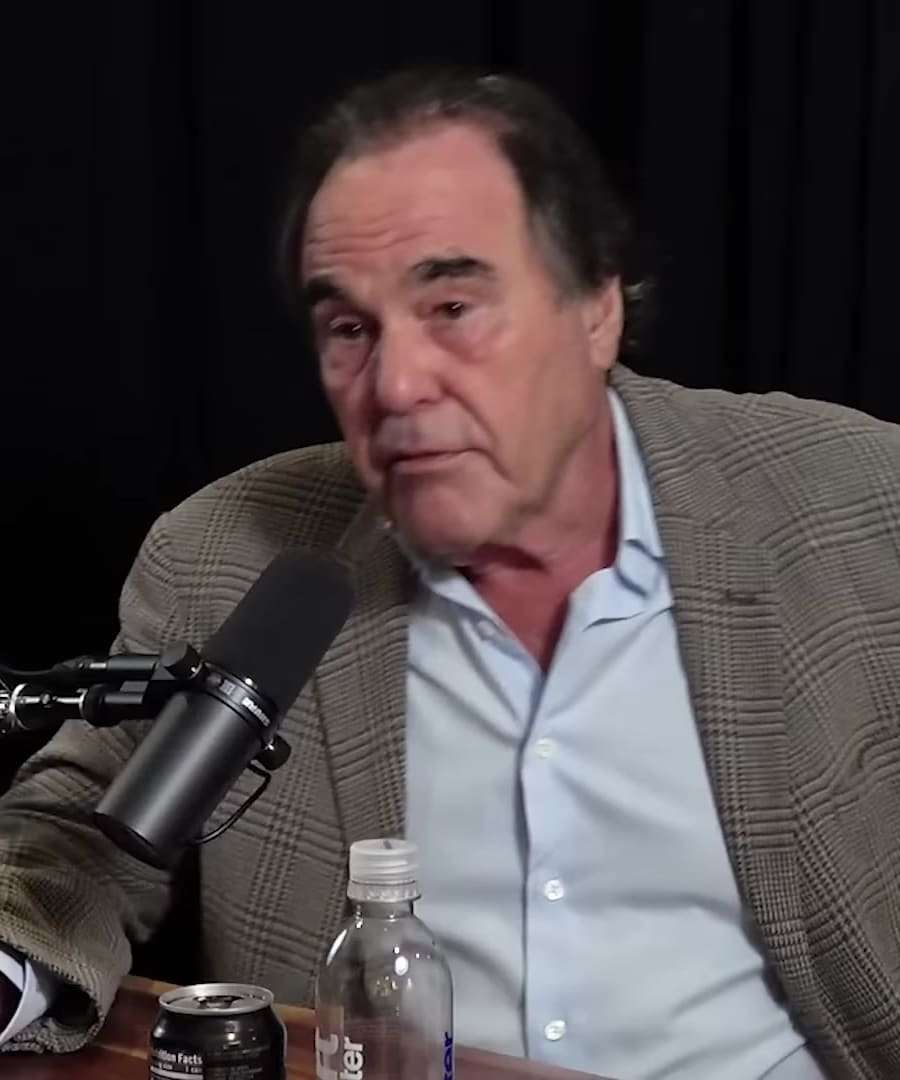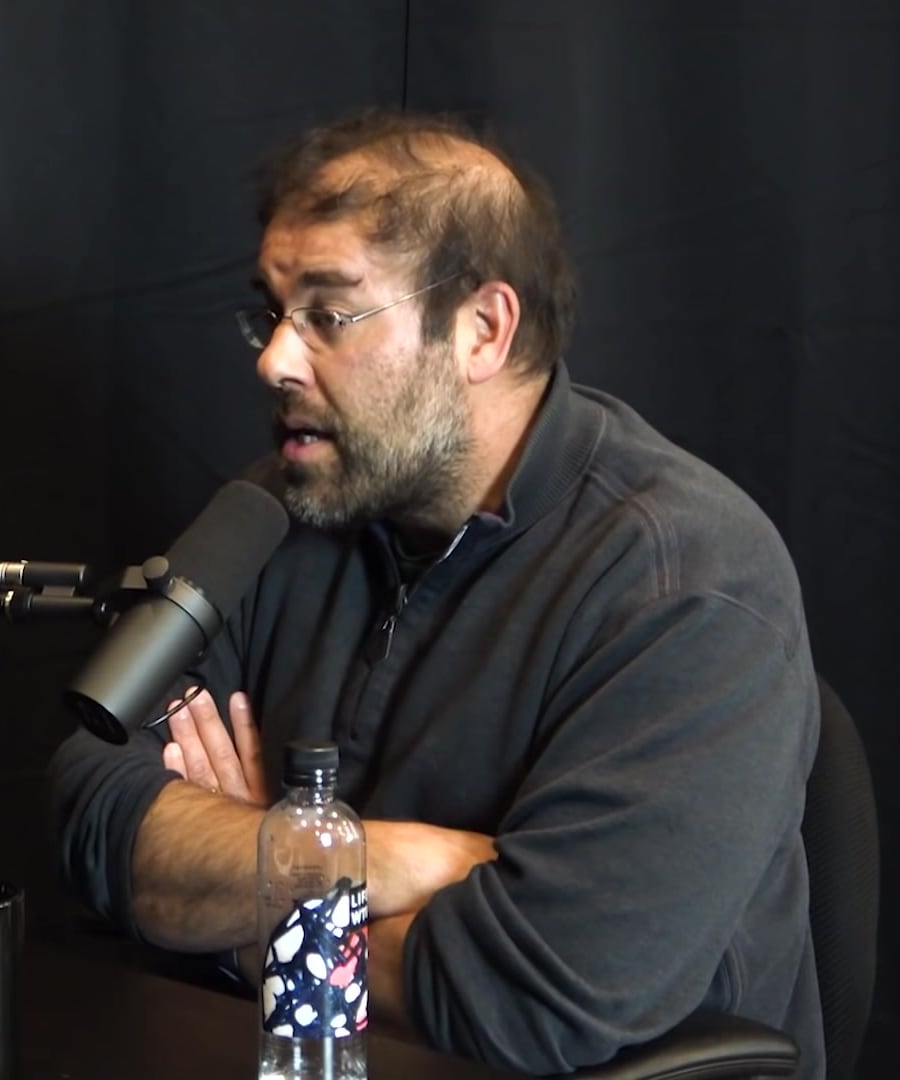How did the US act post-WWII?
Sources:
Post-World War II, the United States engaged in various policies and actions that significantly shaped both domestic and international landscapes:
-
Silencing and Surveillance: Following World War I and leading into the post-WWII era, the U.S. passed laws such as the Espionage Act which silenced opposition and enabled widespread surveillance. This laid the groundwork for a burgeoning surveillance state during and after WWII, persisting as a core element even after other wartime measures had been discontinued 1.
-
Military and Citizenship: The U.S. firmly linked military service to citizenship. Veterans from WWII were integrated into various influential roles, shaping policies and intellectual discourse in the U.S. 2.
-
Neoconservative Foreign Policy: Post-WWII, under neoconservative influence, the U.S. followed a doctrine of preventing the emergence of any rival global power, which included controversial foreign interventions 3.
-
Social Democracy and Capitalism: Economically, the U.S. adopted social democratic measures, like the New Deal, coupled with a version of capitalism which supported government spending on infrastructure and social programs during the Cold War. This period also included high tax rates to support Cold War endeavors 4.
-
Kindness as Policy: On the philosophical front, post-WWII policies in the U.S., such as the Marshall Plan, demonstrated a shift from punitive measures (as seen after WWI) to more supportive interventions aimed at rebuilding former enemy nations. This was seen as a way to prevent future conflicts 5.
-
Military Industrial Complex: While the foundations were laid during WWII, the full entanglement of military objectives with industrial capabilities, known as the military-industrial complex, became firmly established during the Cold War. This era was marked by a significant expansion of federal military and industrial expenditure 6.
These actions reflect a combination of strategic, economic, and humanitarian policies that characterized the U.S. approach post-World War II.
RELATED QUESTIONS-





